Student Blog
What are OS/OT?
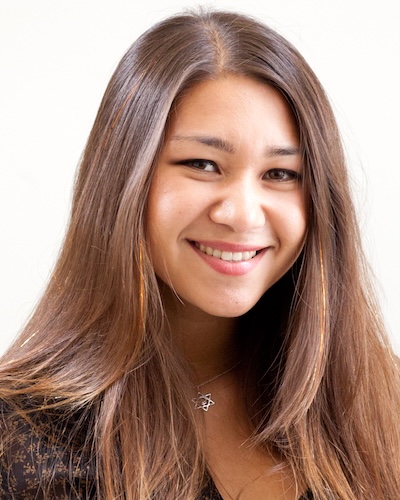
OTAC and Magic and Rose Floats, Oh My! ⟩
October 28, 2015, by Ariel
Getting Involved What are OS/OT?
Last weekend, I headed to Sacramento for the annual OTAC Conference. This conference, put on by the Occupational Therapy Association of California, is an opportunity for OTs and OT students to spend a weekend immersing themselves in the world of occupational therapy. Through its wide array of courses, symposiums, special speakers, and after hours parties, the OTAC experience always reinvigorates me and adds new perspective to the work we do.
One of my favorite parts of conference this year was listening to the keynote address. Our speaker, Kevin Spencer, gave an impassioned speech about the power of arts-integrated approaches to promote functional and social skills development. His intervention, Healing of Magic, uses the act of learning and teaching magic tricks to help patients regain lost physical skills while increasing motivational levels and self esteem. His unique intervention is a testament to the level of creativity that occupational therapists can incorporate into their interventions!
Check out this video of Kevin Spencer doing his thing!
Another awesome part of conference was participating in USC’s efforts to get Occupational Therapy a float in this year’s Rose Parade! During some down time, my classmates and I filmed an Ice-bucket-challenge-inspired video, in which we informed the public of our campaign, which will help support OT’s Centennial Vision of getting occupational therapy widely recognized and globally connected. We’ve pledged, as a department, to donate $2,017 to forward our goal. And we’ve challenged Boston University to do the same. Let the OT Rose Parade Challenge BEGIN!
When we weren’t at conference, my friends and I took advantage of Sacramento and the fall season by visiting a pumpkin patch! As someone who had never been to one before, I didn’t know what to expect. To our surprise, we found a sensory experience on our adventure we hadn’t even expected — A CORN PIT!!! As future occupational therapists, we hopped right in!
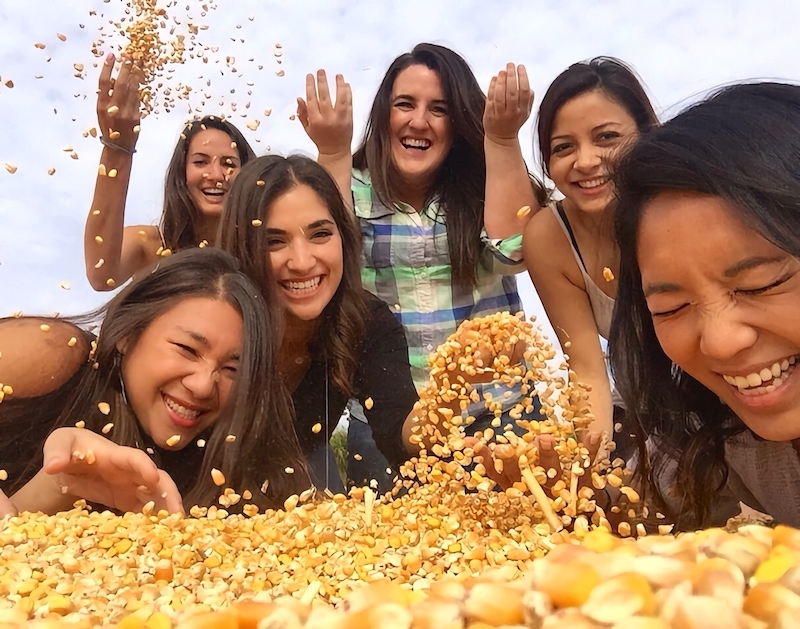
⋯
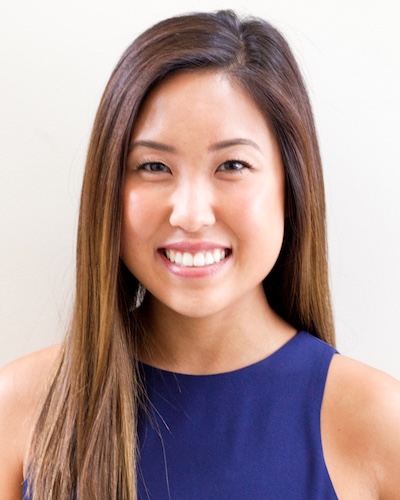
OTAC Conference 2015 ⟩
October 27, 2015, by Jodie
Getting Involved What are OS/OT?
This past weekend, many of my classmates and I traveled to Sacramento to attend OTAC Conference! As the second-year OTAC student delegate, I was responsible for helping with the student track sessions and as a student ambassador, I volunteered at the OTAC Rose Float booth and our USC Chan booth. Although I had a packed schedule, it was so much fun collaborating with students and faculty from different programs across the state! Some of the student track session topics included: grassroots advocacy training, OTs role in the NICU, stress management and lifestyle balance for OT practitioners, as well as many other exciting topics! As a student attending conference, we were also invited to attend the President’s Reception, where the work of OT/OTAs in pediatric, early intervention, and school-based practice were celebrated. We were also able to explore the Exhibit Hall to network with exhibitors and listen to poster presentations from OT practitioners and students! As a special bonus treat for being a proud Trojan, students were also invited to attend the Trojan Alumni party. This reception was sponsored by our Trojan family and allowed us to network with past and current OT faculty while enjoying some refreshments. Here are some of my pictures from our wonderful weekend at conference!
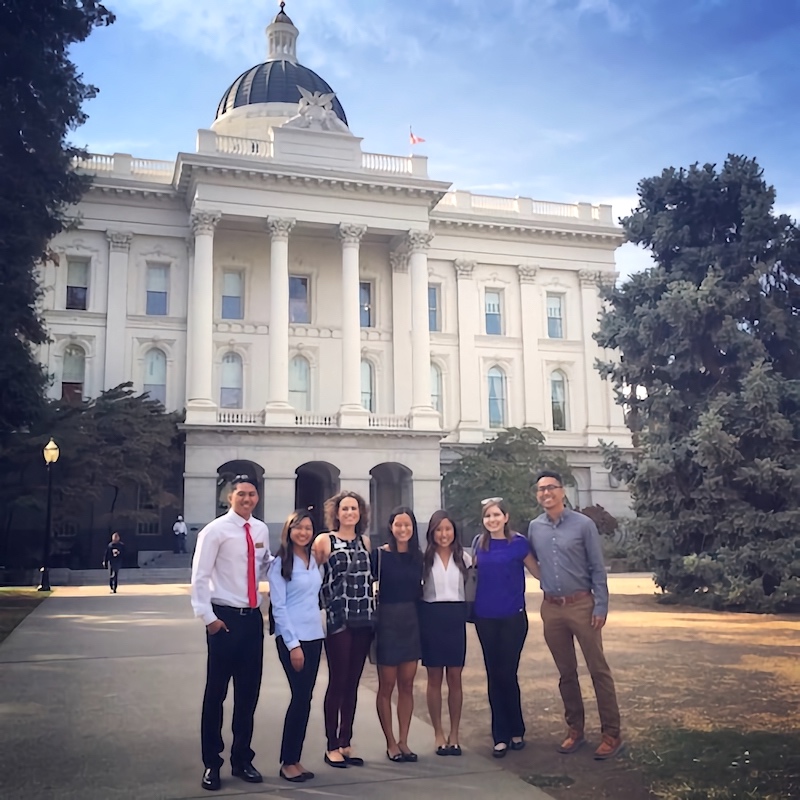
We had the opportunity to explore Sacramento during our free time! Do you recognize that building we are standing in front of?!
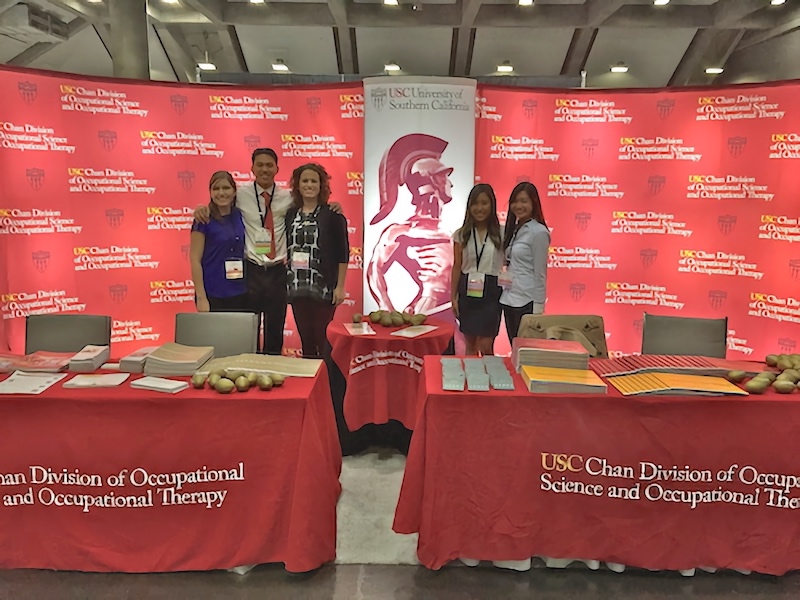
Doesn’t our USC Chan OT booth look amazing?! Thank you to my wonderful classmates who helped put this entire booth together!
As always, I hope you’ve enjoyed my blog! 😊
⋯

The Magic Garden ⟩
October 26, 2015, by Jodie
Fieldwork What are OS/OT?
This semester I am in the mental health immersion and my level I fieldwork site, Century Villages at Cabrillo (CVC), is a nonprofit community development organization that delivers supportive services which aim to empower residents, restore health and inspire hope. CVC creates the physical and social conditions where collaborating programs can succeed to break the cycle of homelessness.
At CVC, I help facilitate three groups: walking group, cooking group and garden/arts and crafts group. My favorite thing about this fieldwork site is that I have the opportunity to interact with residents while at the same time, participate in some of my most meaningful occupations. (OT for everyone!) My favorite group that I participate in is the arts and crafts group that takes place in the “Magic Garden” on campus. Residents from all different programs come together to work on different art projects and I always enjoy having the opportunity to learn more about each resident while working on the craft activities in the serene garden.
Many residents on site are veterans and one in particular, who I have had the wonderful opportunity of getting to know more during the arts and crafts group, is a talented artist named Kevin. Kevin served in the military about 20 years ago however, has always had an interest in art, especially painting. While at CVC, Kevin continues to engage in his meaningful occupation and enjoys teaching fellow residents painting techniques, as well as showing off his artwork for everyone to admire. Kevin gave me permission to share some of his artwork with all of you in this blog so I hope you enjoy!

This is the “Magic Garden” where our groups take place
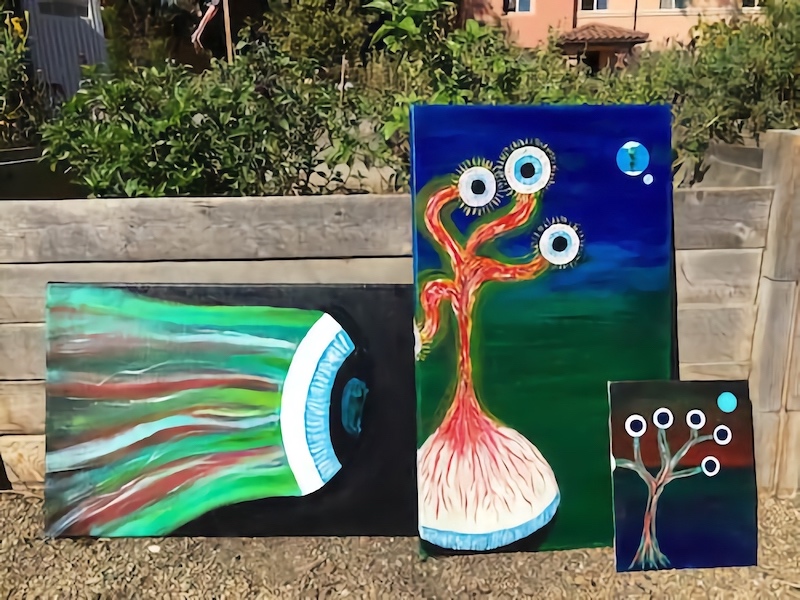
Some of Kevin’s artwork on display for everyone in the garden!
⋯
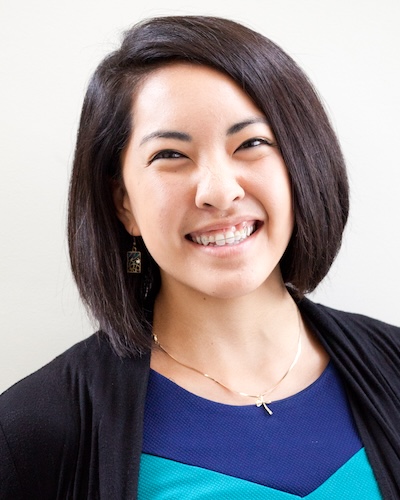
Assessing Cognition While COOKING! ⟩
October 24, 2015, by Rashelle
Classes What are OS/OT?
This week, in the Primary Care Elective class, we learned how to assess somebody’s cognitive abilities, by analyzing their performance in the kitchen! To begin, we looked at the Kitchen Task Assessment, which requires a patient to prepare pudding by following the directions of a commercial package. I was able to role play as the patient in front of the class, as another student pretended to be my therapist. Due to my limited knowledge in cooking and safety awareness, I fulfilled the perfect role of a patient needing cognitive support during a functional task of daily living.
The picture below displays the score I got on the Kitchen Task Assessment.

Scoring the Kitchen Task Assessment
As you can see, I required assistance from my therapist both in verbal cues and physical assistance. Jen, the practicing therapist, needed to give me verbal reminders of when to add in the pudding mix to the boiling water, how many cups were needed to pour the finished pudding into, and when the task had come to a complete end. I required slight physical assistance when Jen held one of the cups for me to pour the pudding into, and when I attempted to pour the boiling hot pudding mix into the cups on the counter, in an unsafe manner. PHEW. Was it a relief when I finished!
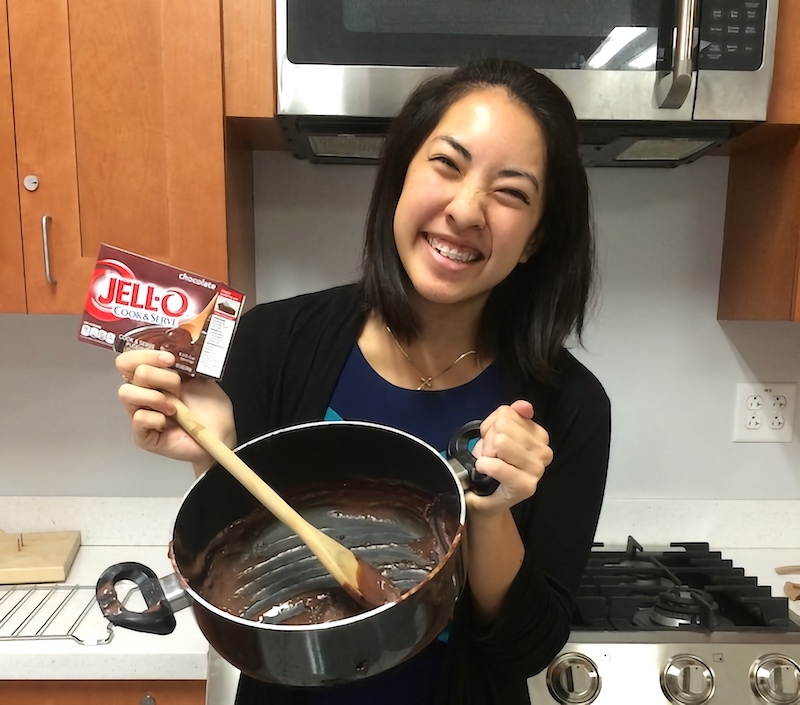
Finished Pudding After Completion of Kitchen Task
Every step of the pudding-making process we, as a class, discussed possible scenarios that we may encounter when working with a patient that may have an actual cognitive impairment (e.g., when diagnosed with Alzheimer’s or a traumatic brain injury). After role-playing this encounter, I can better empathize with my future patients, whom may face confusion, agitation, disappointment, apprehension or timidness while performing this task. I am excited to also be able to problem-solve with these patients on how they can change their approach to the task, to be able to cook as independently as possible, in a safe and effective manner.

Kettle Test
Here, two other students, Kellyn Trummer and Renée Boivin, are demonstrating the Kettle Test — a cognitive functional screening test that requires a patient to prepare two cups of hot beverages. Similarly to the Kitchen Task Assessment, every component of the task is scored on the patient’s level of independence, which the therapist then will use to determine the amount of assistance the patient will need tp perform a functional task. For instance, the Kettle Test analyzes a person’s ability to prepare the hot water, assemble the kettle and add all of the ingredients together despite having visual distractions.
Overall, this lesson was a great opportunity to improve our clinical reasoning skills, and to practice assessments that an occupational therapist may use in the future!
⋯

The Fault in Our Stars Creates the Perfect Alignment of Health Care Collaboration ⟩
October 15, 2015, by Rashelle
Getting Involved What are OS/OT?
As mentioned in my post before, one of the most unique things about USC is the opportunity to learn from an interdisciplinary team. This week I went to a movie screening of The Fault in Our Stars at the USC Norris Comprehensive Cancer Center. After the movie viewing there was an interdisciplinary panel led by the Norris Medical Library, consisting of a Medical Doctor (MD), Registered Nurse (RN), Physical Therapist (PT) and Occupational Therapist (OT), whom all have had experience working with adolescent and young adults (AYA) diagnosed with cancer.
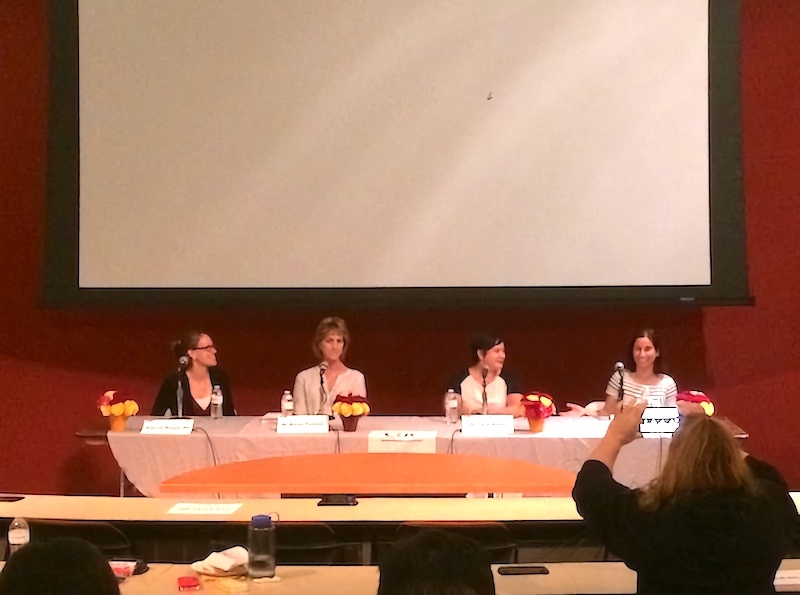
These health professionals answered questions regarding the movie, shared myth busters, elaborated upon roles of the hospital staff in the movie, and described the lessons they’ve learned from their firsthand experiences working with this population. The USC faculty and staff also spoke about the differences in treatment approaches when working with AYA, in comparison to children or older adults. This section of the discussion hit home for me in particular, due to my passion for working with AYA in their difficult transitions acquiring new roles and forming individual identities. While the movie itself turned on a faucet of emotions and tears, the panel afterward taught me how to cope with the emotional hardships that may come with working so closely with AYA diagnosed with cancer. This heartwarming, encouraging and uplifting event demonstrated the capcity of each profession to distinctively contribute to the alignment of the stars, in order to facilitate the greatest recovery for all patients.
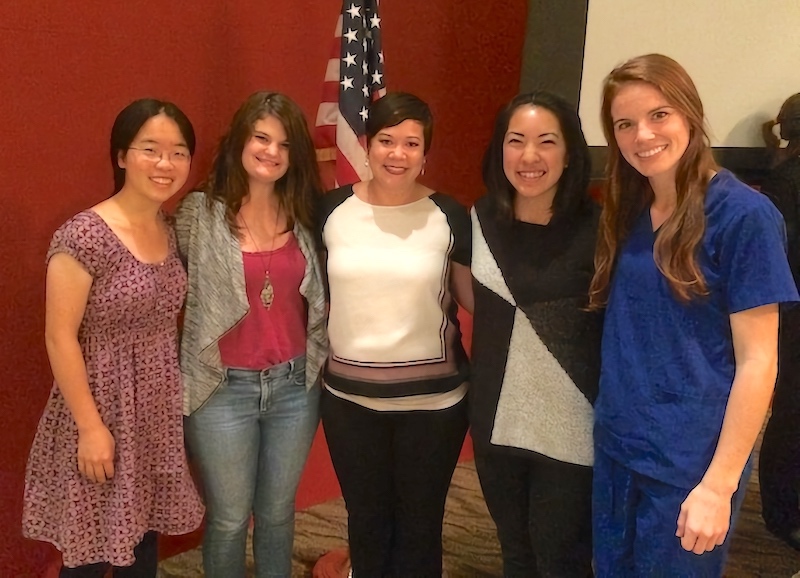
Caryn Roach and OT Students
Here is a picture of a few occupational therapy students surrounding Dr. Caryn Roach, the occupational therapy representative in the panel. How occupational therapists contribute in particular to this health care team, is by ensuring that each patient is able to participate, to their fullest capacity, in activities that are meaningful to them — may it be reading a book, feeding themselves, showering independently, socializing with their friends or traveling to Amsterdam with a significant other to meet one’s favorite author, Van Houten — occupational therapists find the supports, educate patients on adaptive devices, implement energy conservation techniques, strengthen muscles and increase ranges of motion to provide a greater range of accessibiility and quality of life for the patient.
⋯





